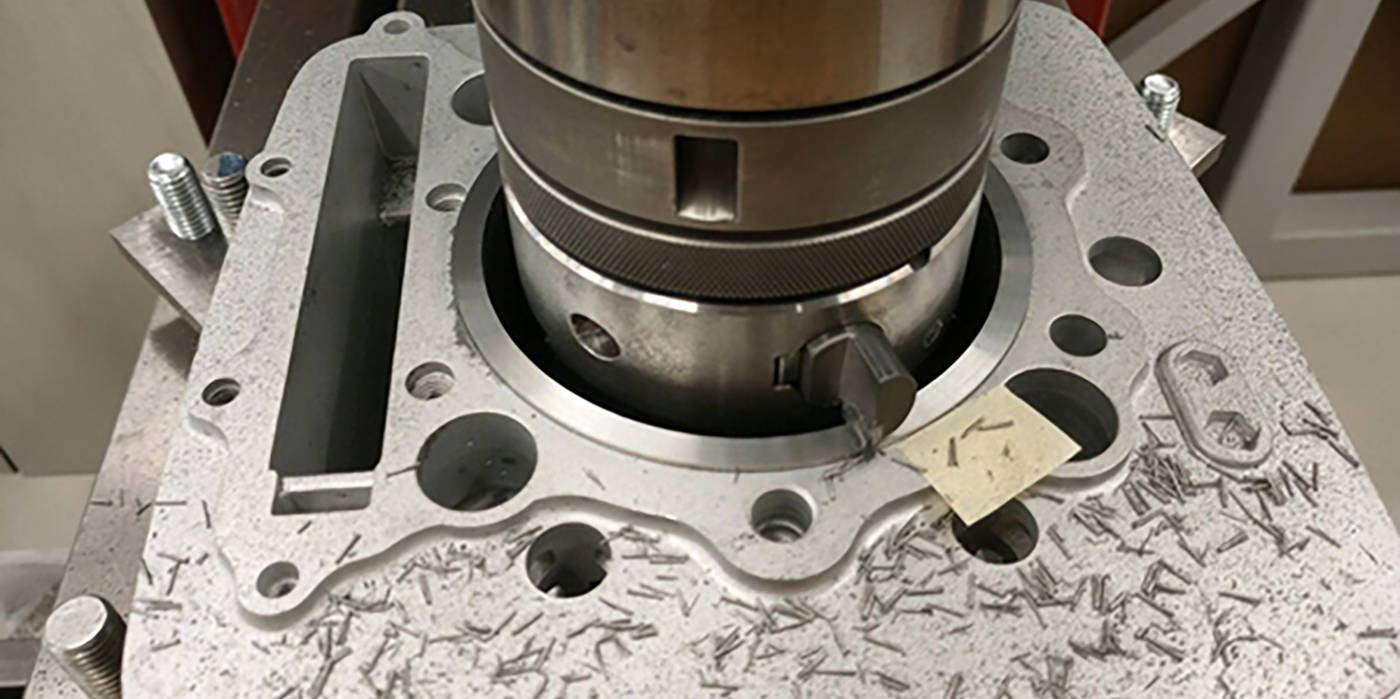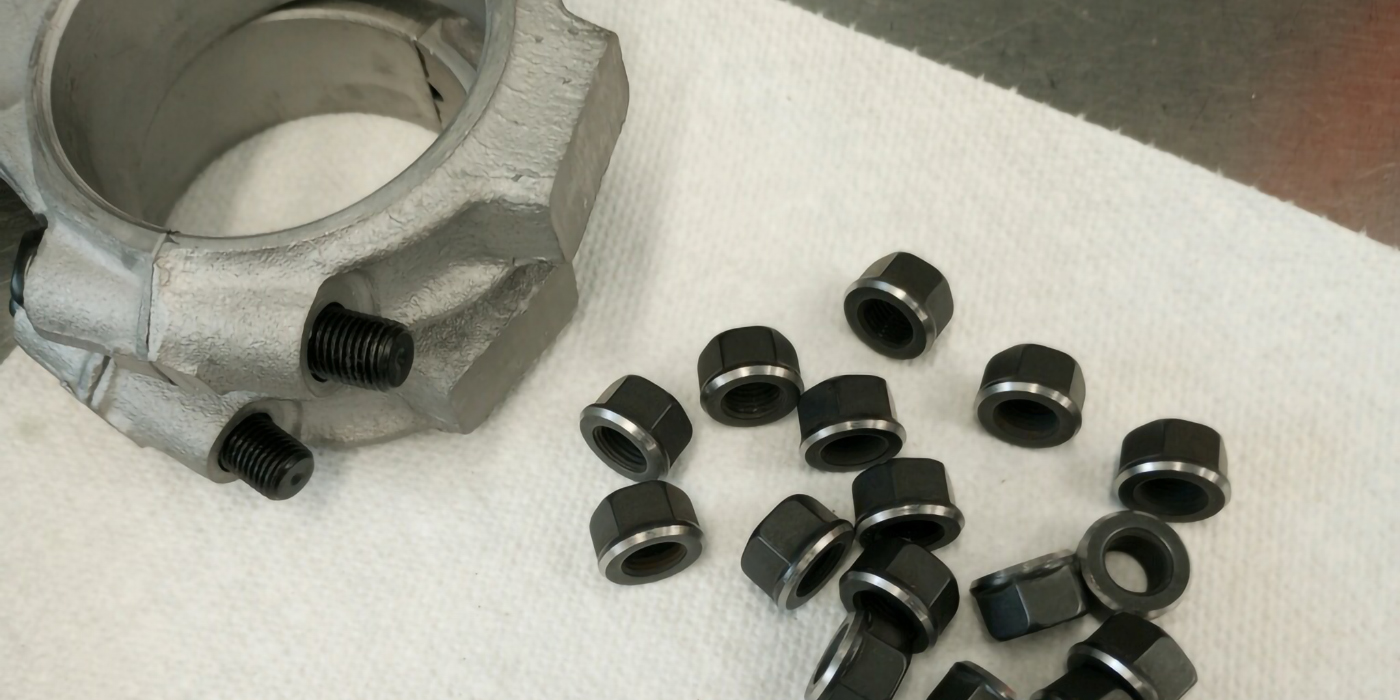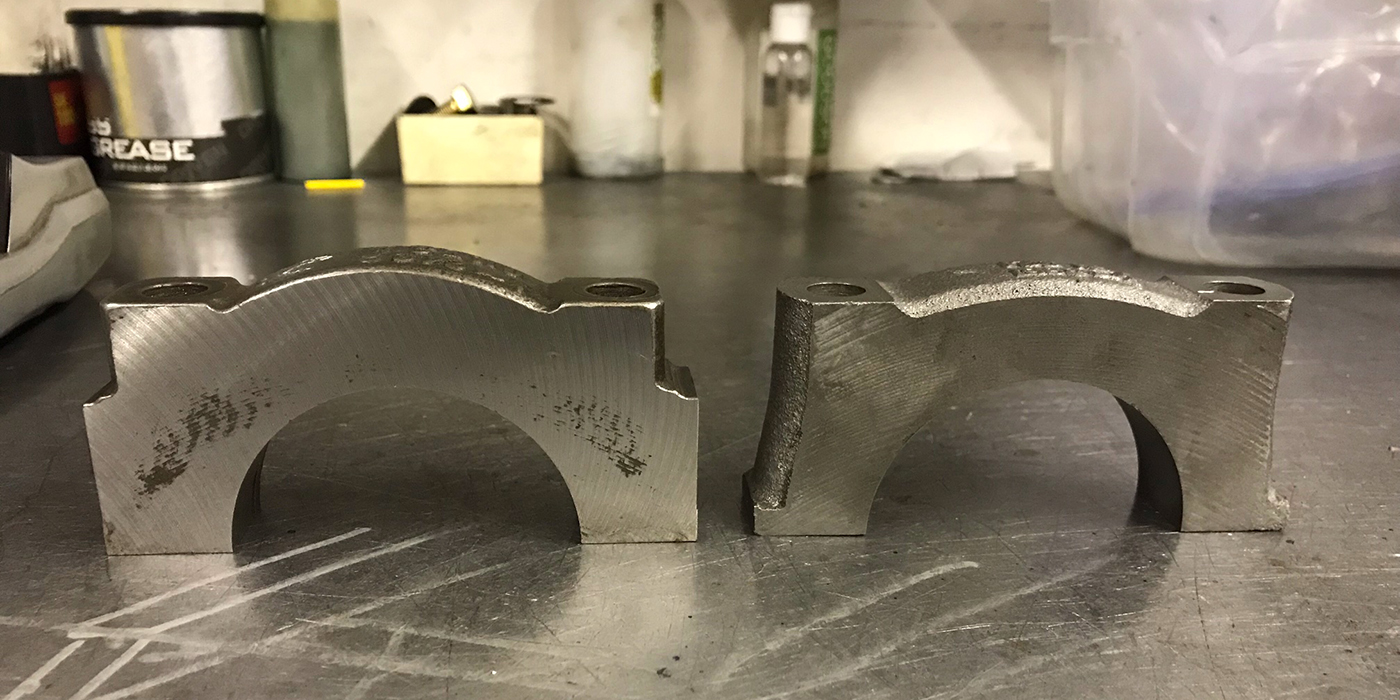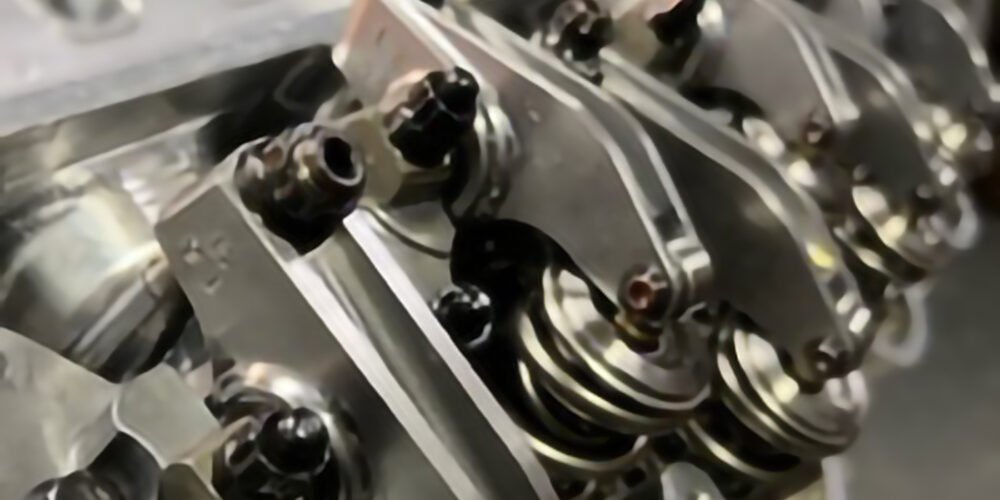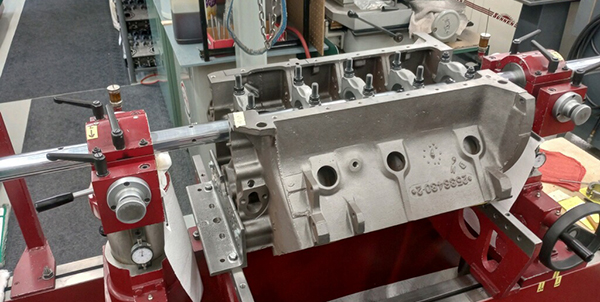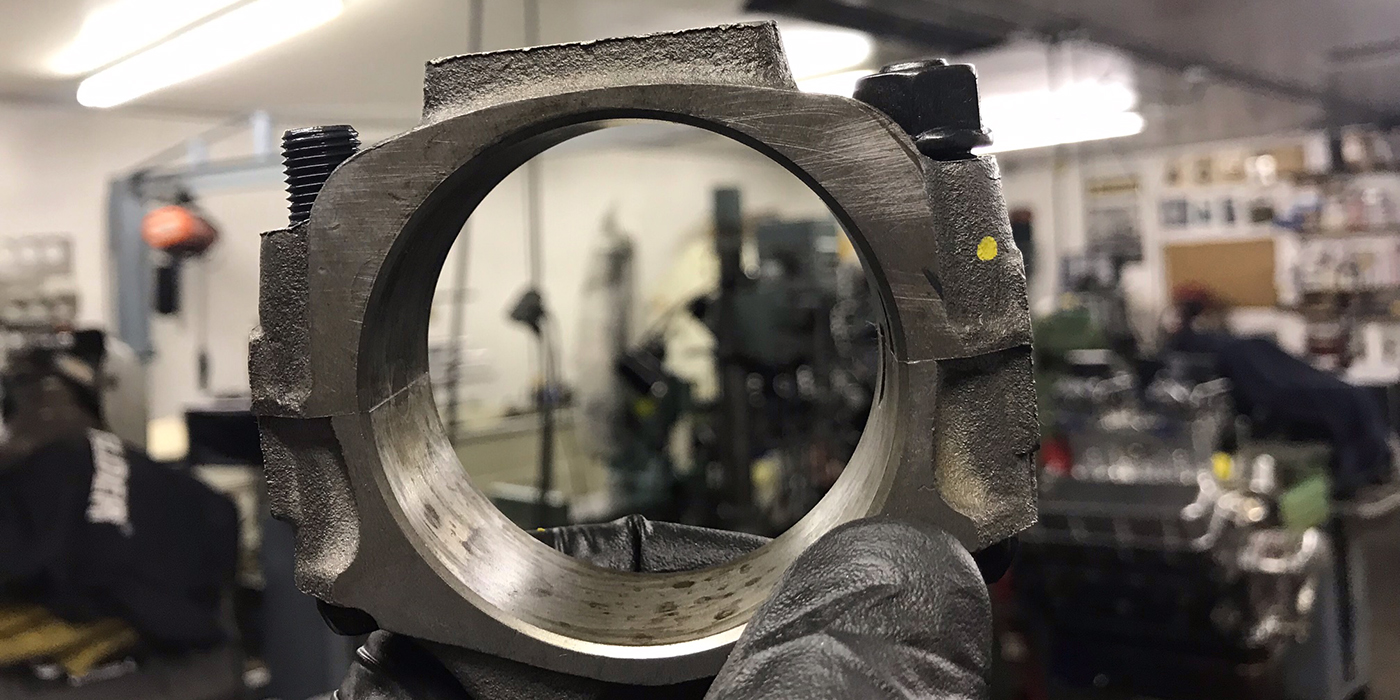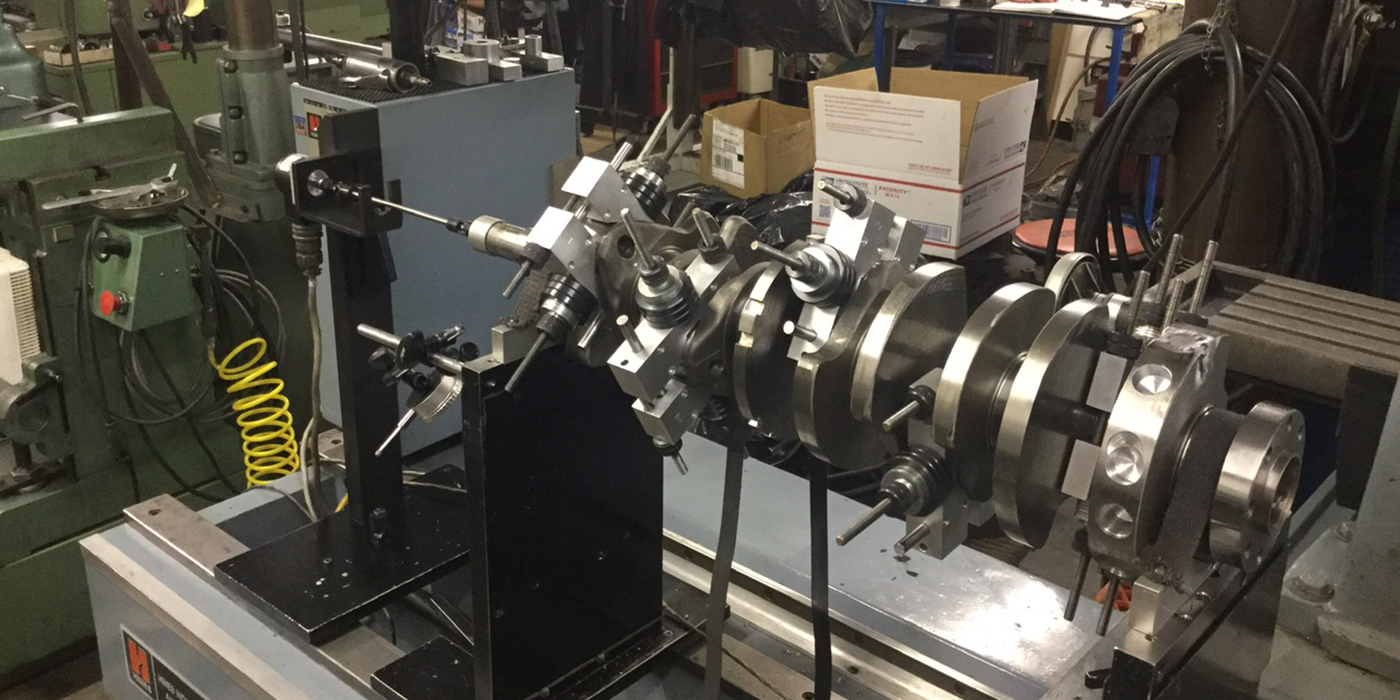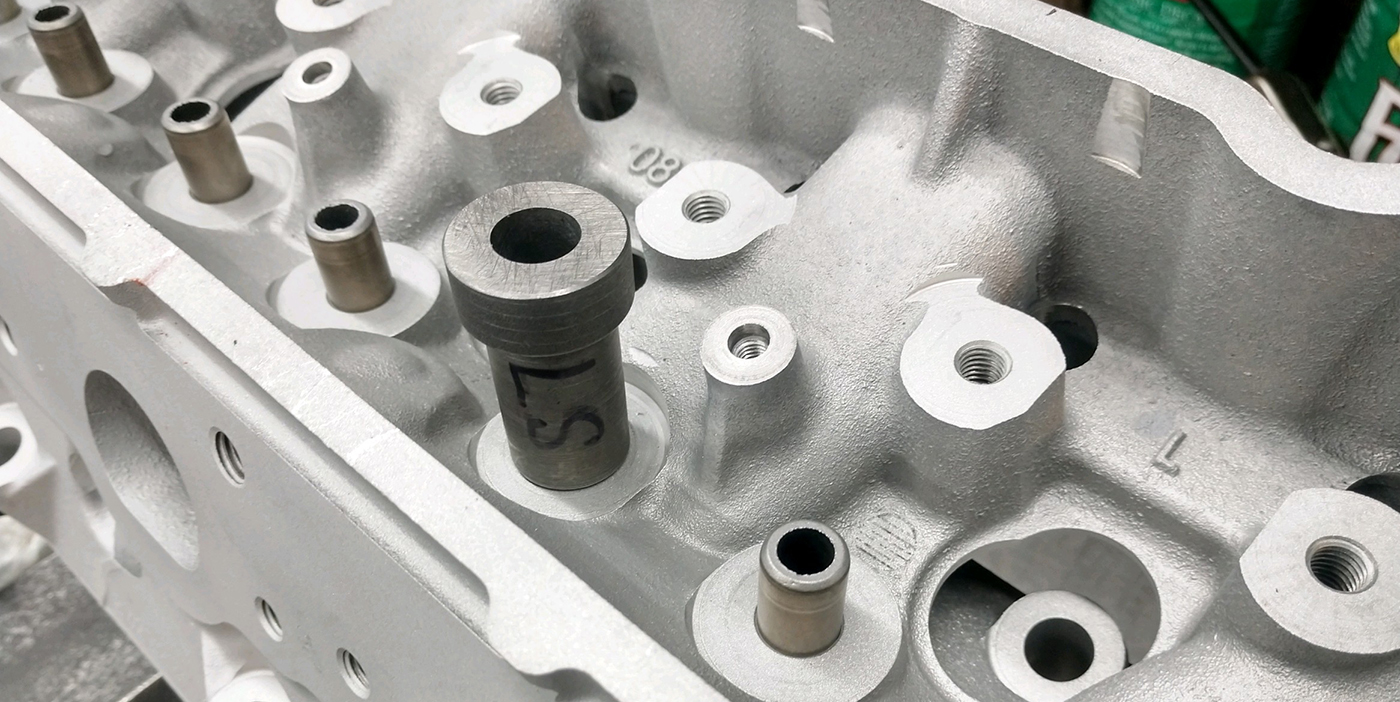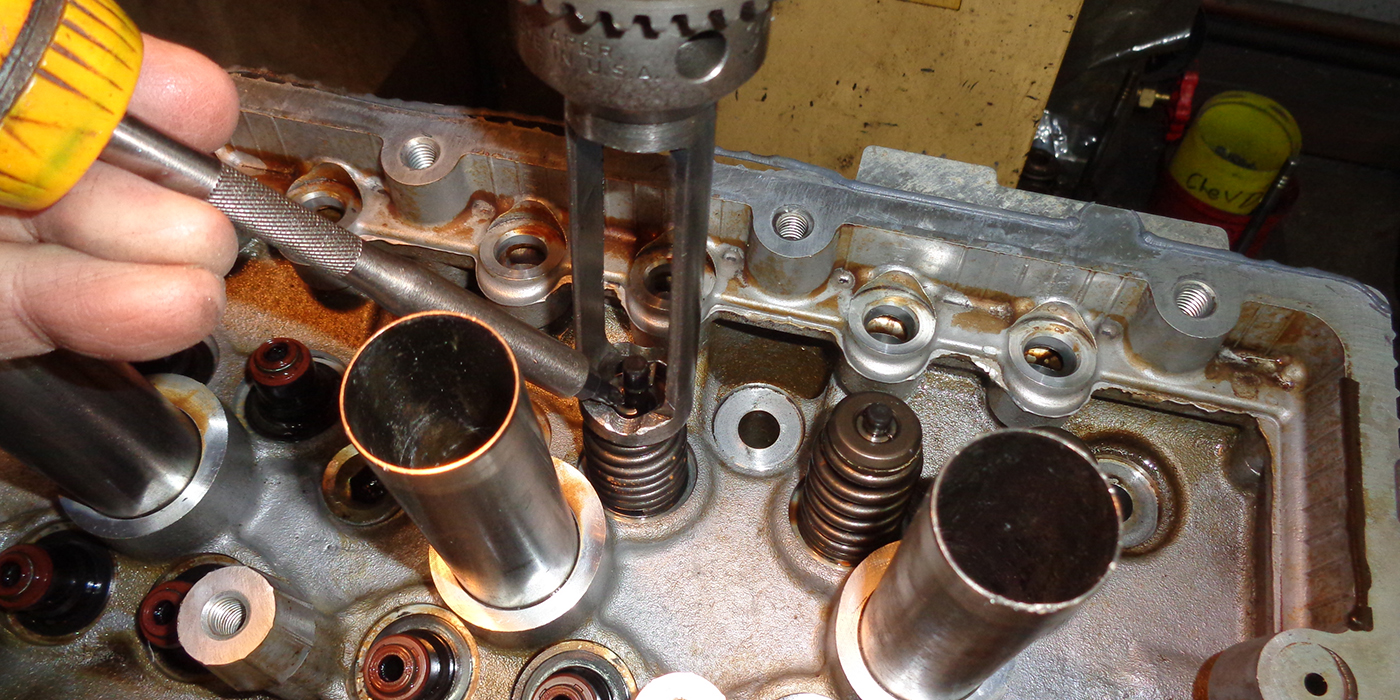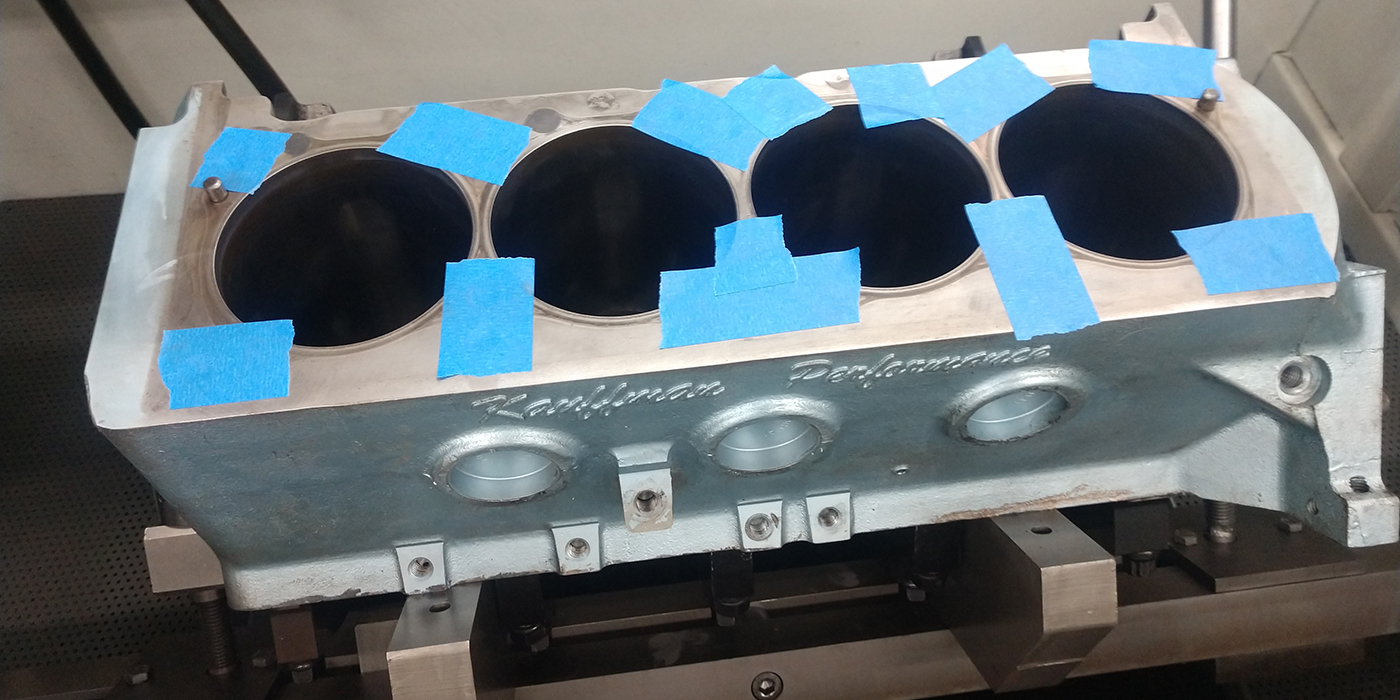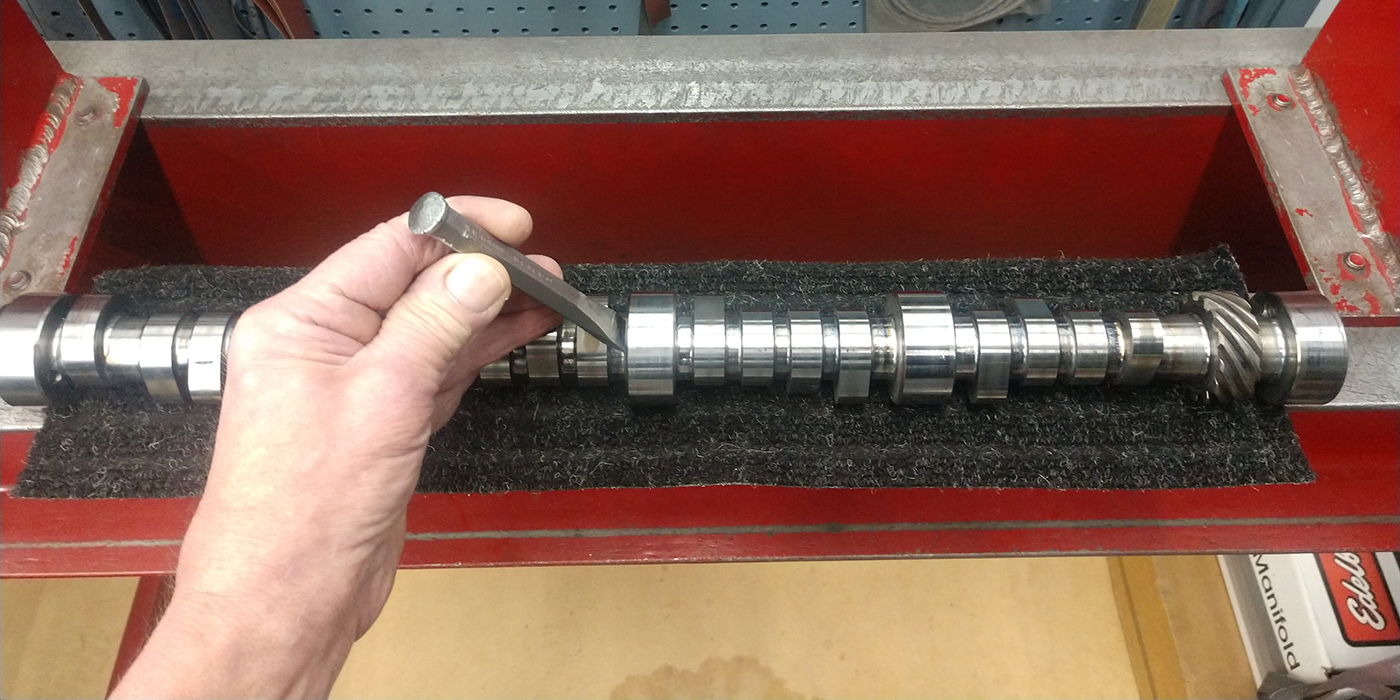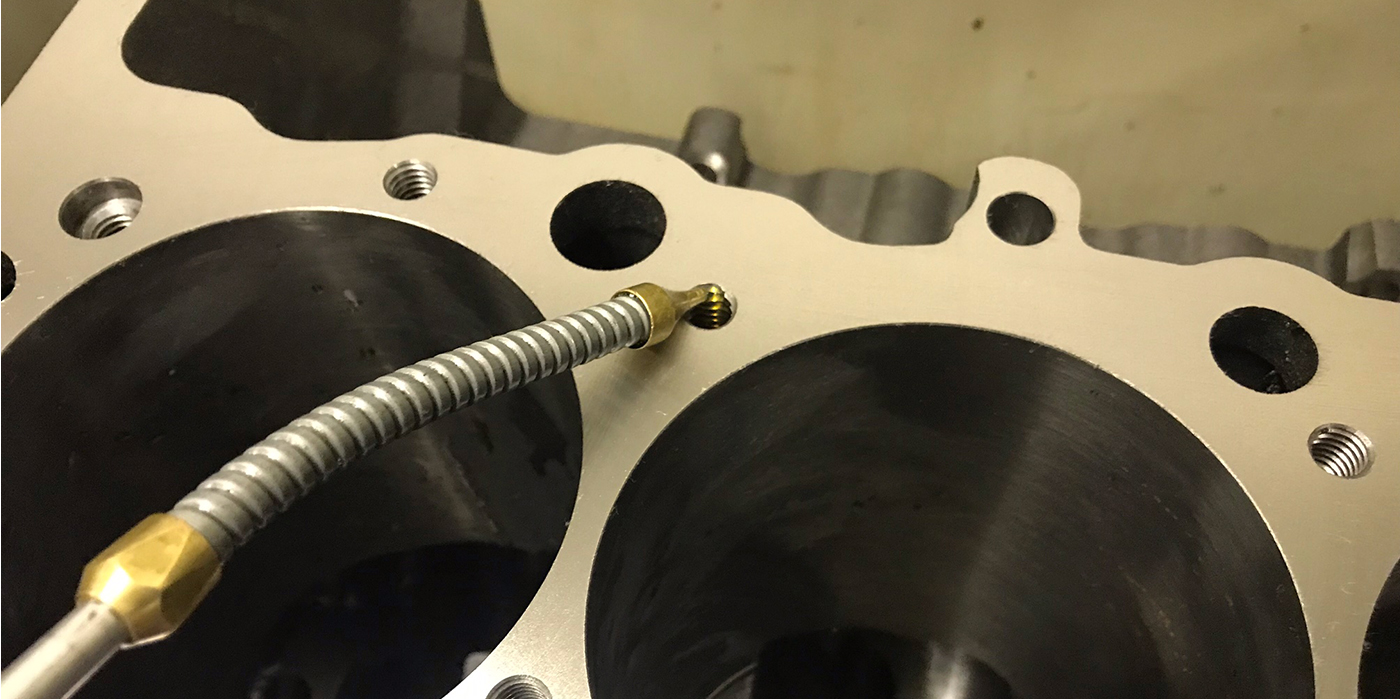Making the Most of Every Job Quote
Often times when my people are quoting a job, I will ask if the customer wanted gaskets, to which the reply is typically, “uh, I don’t know.” That’s just a lost sale every time the phone hangs up if you ask me – it’s only selling part of the job.
Finally, after several missed sales opportunities, I sat my people down and explained the importance of quoting a rebuilt cylinder head or pressure test. I said you have to offer a price quote on gaskets as well as mention that we sell a full line of internal engine parts.
I have turned many $300 head jobs into $650 or more simply by mentioning additional add-on parts that the customer will probably need to complete the installation. There’s a good possibility that you can add on a head gasket set, head bolts or maybe even a crankshaft kit, bearings, rings and the list goes on.
Your customers may see you as a “head shop,” for example, and don’t realize that you also cut flywheels, sell a full line of parts and anything else you may do. The key is to make the customer aware of what parts you carry and services you provide, and to show that you are the machine shop and parts supplier they need. I tell my people that even if they’ve tried to sell a certain shop gaskets 15 times and always heard no, the next time they could get a sale, and make a loyal customer. EVERY sale counts and every sale is a potential next sale and satisfied customer.
Jeffrey Myers
MAR Automotive Inc.
Philadelphia, PA
Customer Follow Up Good For Business
As a woman in the engine rebuilding/small business world, I find it interesting that customers are often taken aback by my follow up phone calls after a sale or a kind word when I answer the phone.
It has almost become extinct in our industry to find a business owner who follows up with customers. I have found that a quick phone call after the sale or a follow up to a question goes a long way in this industry!
With small businesses competing for every sale today, I want to make sure our customers know they will be treated well. I have also found these customers are more likely to pass our name on to other potential customers.
Maria Boyd
The Engine Shop Inc.
Upper Darby, PA
Retrieving A Broken Dipstick
If you are doing a top end rebuild only and you find yourself with a dipstick that has had the handle broken off (mostly the plastic ones) and it’s in the tube too far to get a grip on it, try this.
Mix up a small amount of epoxy cement (J-B Weld works well) and using a small steel (or wood) rod apply a small amount of the mixed epoxy to the end of the rod – not too much so the rod does not attach itself to the tube.
Slide the rod with the epoxy on the end down the tube and LIGHTLY press it against the end of the dip stick – rotate the rod 1/4 turn both ways to spread the epoxy. Let the epoxy cure overnight and you should be able to pull the dipstick out with ease.
Jim Kovach
Kovach & Assoc. Performance Engine Building
Parma, OH
 Mark Those Guides
Mark Those Guides
When installing more than one valve guide in an OHC cylinder head, it’s often difficult to see well enough to get the depth correct every time, so I just lay out all the guides in line, side-by-side, then use a piece of tape across all of them at the desired depth to be installed and spray them with a can of graphite. Remove the tape and you’ll have a line to drive the guide to every time, and the graphite helps to prevent galling during installation.
Kevin Elam
Kevin’s Liberty Auto Machine Shop
Liberty, MO
A Better Way
Ever had to clean up the mess after filling a crankshaft hole with grease to get a pilot bearing out? I’ve found a much cleaner solution. Grab some modeling clay and fill up the hole until it’s full. Using a long bolt with a diameter slightly smaller than the pilot bearing opening, and hammer the bolt in until the pilot bearing pushes out the top. Clean out the clay with a screwdriver and save for next time.
Darren Karleskint
DK Motor Services
Girard, KS
Crankshaft Cross Drilling: Yes or No?
First, here is an explanation of what cross-drilling a crankshaft is. Cross-drilled crankshafts have oil feed holes drilled completely through their journals. Sometimes only mains are drilled and sometimes both mains and throws are drilled. An angle hole is then drilled from the throw to the main on the centerline of the crankshaft. Some think this system, because both ends of the cross-drilled hole are exposed to oil supply, ensures continuous supply of oil to the rod journal.
This is not correct!
To achieve a continuous supply of oil in a cross-drilled crankshaft, pressurized oil must enter the main journal and overcome the centrifugal force of rapid acceleration or rpm to reach the center of the crankshaft before the oil can travel to the throw. Only increased oil pressure may overcome this “crack the whip effect.” In most cases increased oil pressure will not, and the result is a very expensive failure. You will not see any NASCAR race team using cross-drilled crankshafts.
The better alternative is a straight shot oil system. With the throw at 12 o’clock the oil enters the main bearing between 6 o’clock and 9 o’clock depending on journal size and stroke. The oil passage goes straight to the throw and exits at approximately 1:30 to 2 o’clock. Unlike cross-drilling, the rpm of the crankshaft has no effect on oil delivery to the throw.
Tom Lieb
Scat Enterprises
Redondo Beach, CA
Engine Builder Shop Solutions is sponsored by Engine Pro,
a consortium of 9 engine parts specialist WDs operating 30 branch
locations serving engine builders/rebuilders across the U.S. Shop
Solutions published in each issue of Engine Builder Magazine are
awarded a $100 Visa Gift Card. Winners will be chosen by
the staff of Engine Builder Magazine and the Engine Pro Technical
Committee.
To submit a Shop Solution simply mail your entry
to Engine Builder Magazine, Shop Solutions, 3550 Embassy Parkway,
Akron, OH 44333; or email to Shop [email protected]. Shop
Solutions may also be emailed to [email protected].You must include
your name, shop name, shop address and shop telephone number. Submitted
Shop Solutions not published will be kept on file and reevaluated for
publication with each month’s new entries. If you include your email
address you will be emailed notification of publication if your Shop
Solution is chosen.


